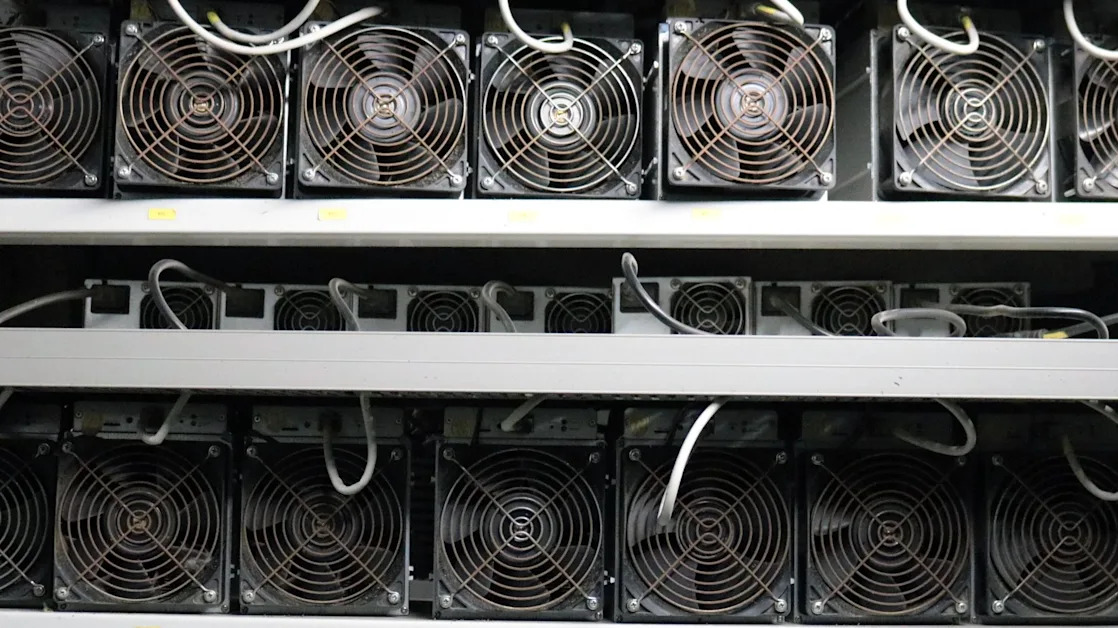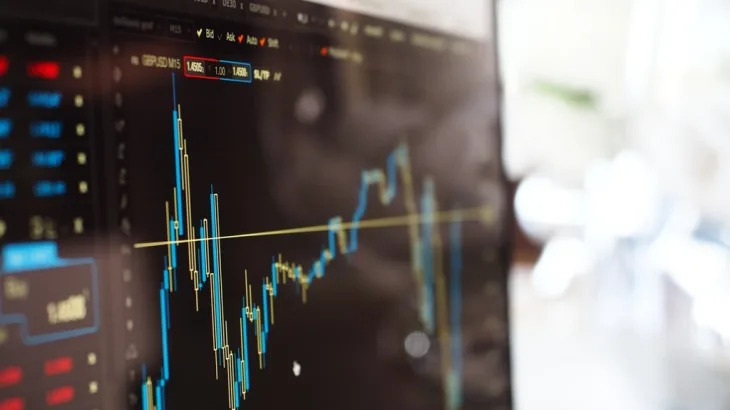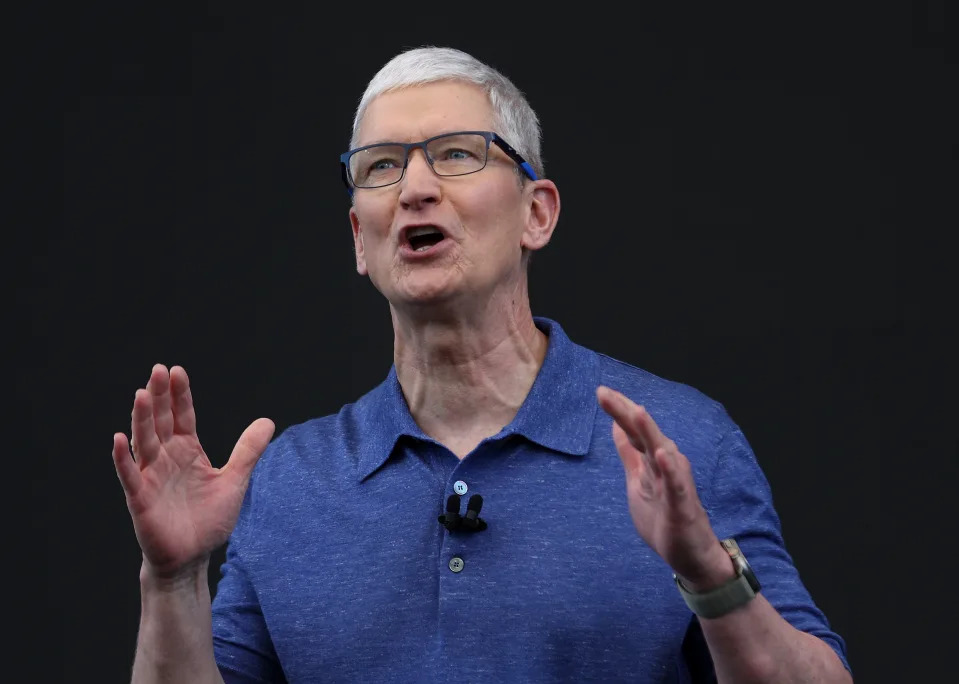(Bloomberg) -- Sign up for the Economics Daily newsletter to discover what's driving the global economy.
The Federal Reserve’s preferred measure of underlying US inflation rose at a mild pace and household spending picked up in July, reinforcing policymakers’ plan to start cutting interest rates next month.
The so-called core personal consumption expenditures price index, which strips out volatile food and energy items, increased 0.2% from June, according to Bureau of Economic Analysis data out Friday. On a three-month annualized basis — a metric economists say paints a more accurate picture of the trajectory of inflation — it advanced 1.7%, the slowest this year.
While spending picked up, income growth was much more sluggish and the saving rate declined. That may raise questions about the durability of consumer spending going forward.
Friday’s report supports the view that it’s time to begin unwinding the restrictiveness of monetary policy. Combined with emerging cracks in the labor market, the sustained cooling in inflation explains why Fed Chair Jerome Powell said last week “the time has come” for central bankers to start lowering borrowing costs, likely next month.
“This is confirmation that inflation is on its cooling path and has come off the reacceleration that we saw at the beginning of the year. That’s good news,” said KPMG Chief Economist Diane Swonk. “The real news is going to be what happens to the labor market.”
The S&P 500 opened higher and two-year Treasury yields were higher on the day. Swaps traders held steady the pricing of the total rate cuts they foresee from the Fed for all of 2024.
Separate data out Friday from the University of Michigan showed one-year inflation expectations eased to lowest since the end of 2020. However, consumers still viewed their finances as stretched, which also poses risks to spending.
Policymakers pay close attention to services inflation excluding housing and energy, which tends to be more sticky. That metric increased 0.2% in July for a second month, according to the BEA. From a year ago, it advanced 3.25%, the slowest in more than three years.
Fed officials have indicated they’re more focused on the employment side of their dual mandate, in part because the trajectory of the labor market will help inform expectations for consumer spending — the main engine of the economy. The highly anticipated August jobs report due next week will be the last policymakers see before their Sept. 17-18 meeting.
Inflation-adjusted consumer spending climbed 0.4%, an acceleration from the prior month. That was led by outlays for goods — particularly motor vehicles, which rebounded after a cyberattack disrupted sales. Services spending advanced at a more modest pace.
What Bloomberg Economics Says...
“July’s spending, income and inflation data were consistent with or modestly better than expectations, and may revive talk of a ‘Goldilocks’ economy. But we think details of the report show activity is cooling, with a more notable slowdown in income and spending likely in the second half of the year.”
— Stuart Paul and Eliza Winger. To read the full note, click here
The report also showed disappointing news on income growth. On an inflation-adjusted basis, disposable income growth barely rose for a second month, and the saving rate slipped to 2.9%, the second-lowest reading since 2008.
Wages and salaries, unadjusted for inflation, climbed 0.3% — a slight pickup from June but well below most of the gains in 2023.
--With assistance from Chris Middleton, Matthew Boesler, Cécile Daurat, Michael Mackenzie and Catarina Saraiva.
(Adds University of Michigan figures, updates market trading)





